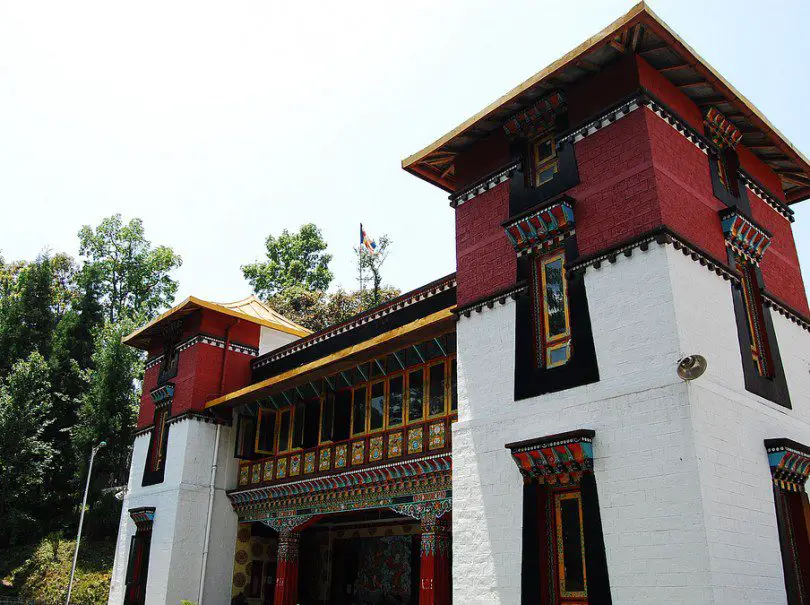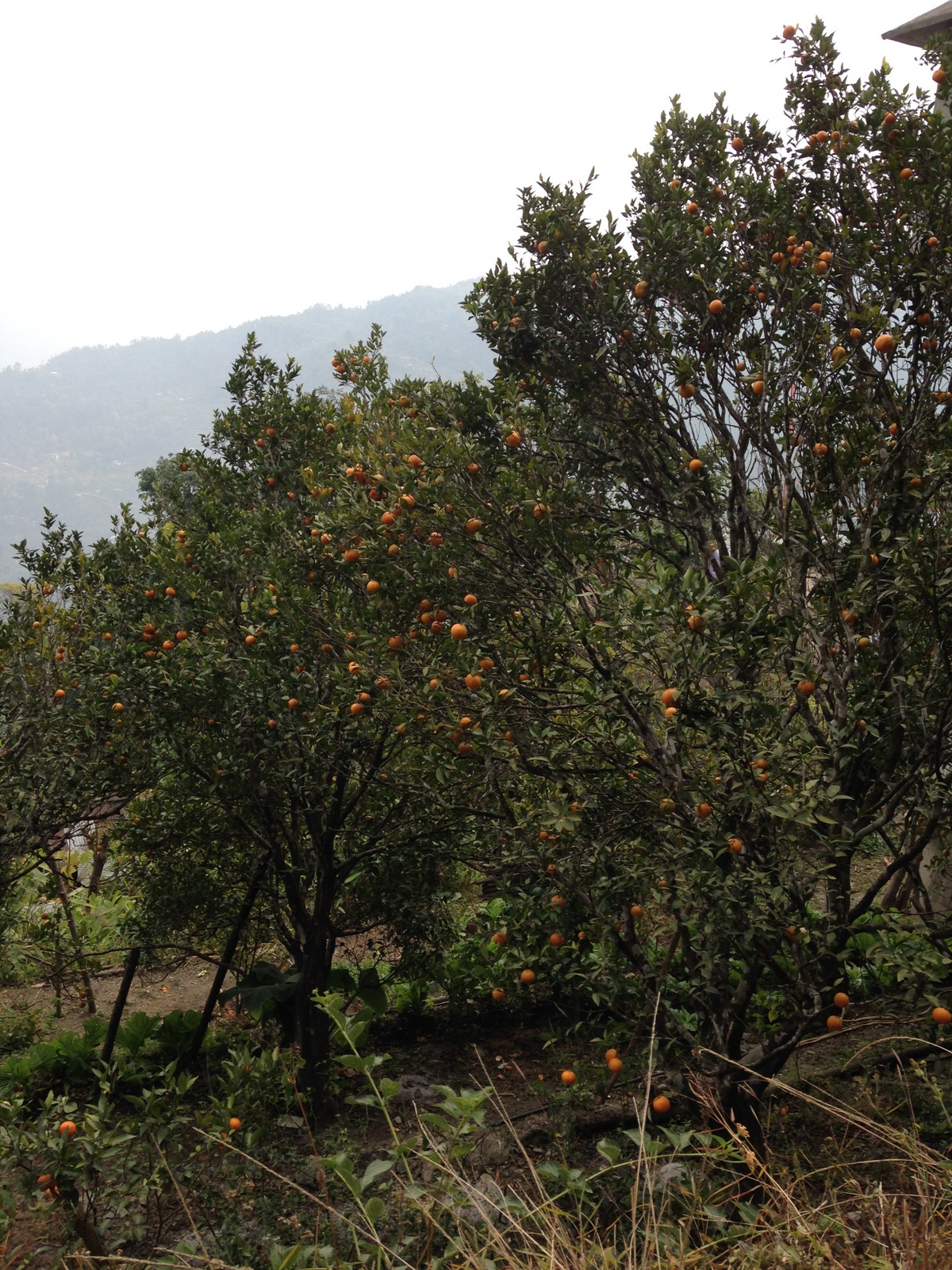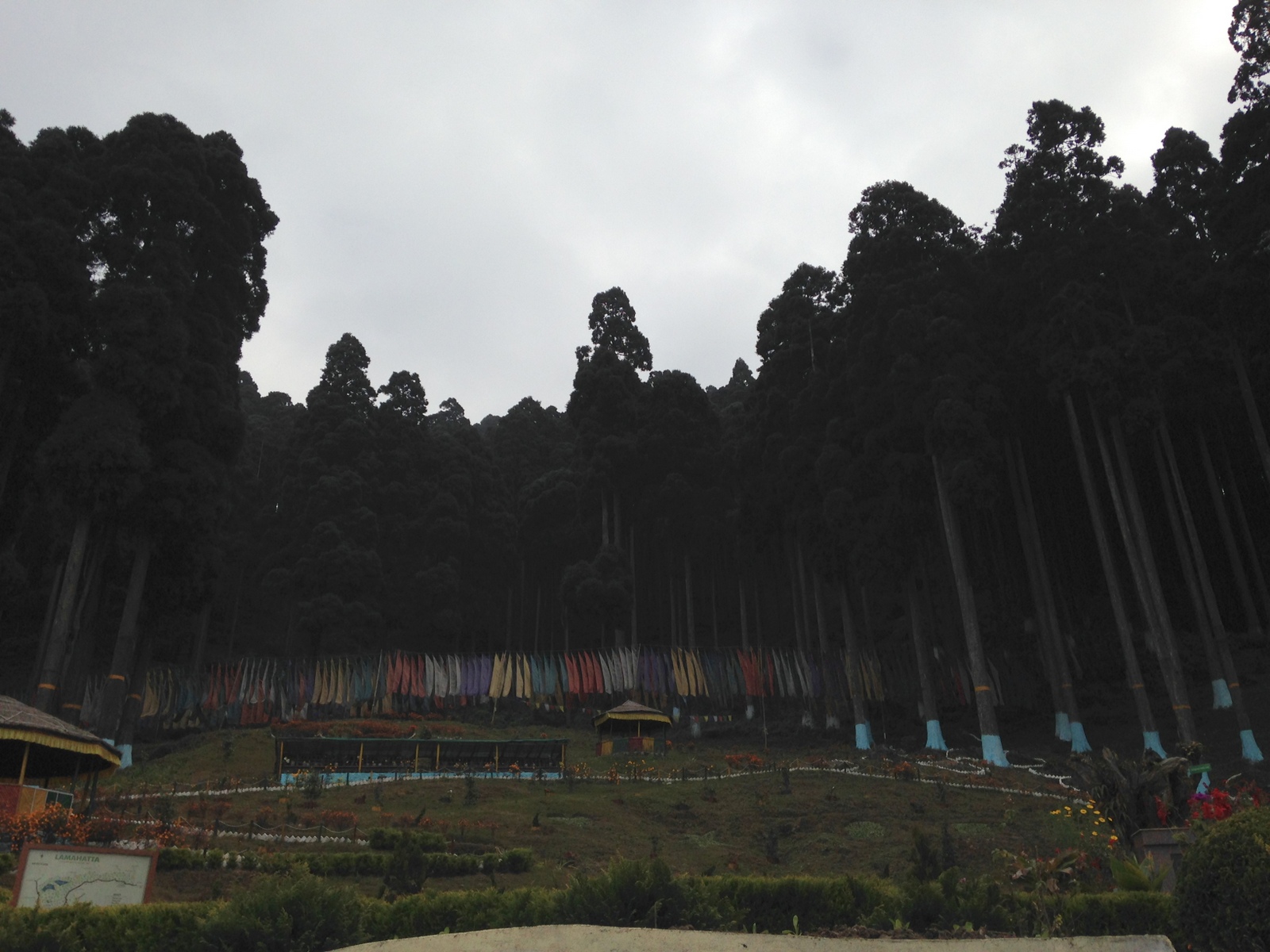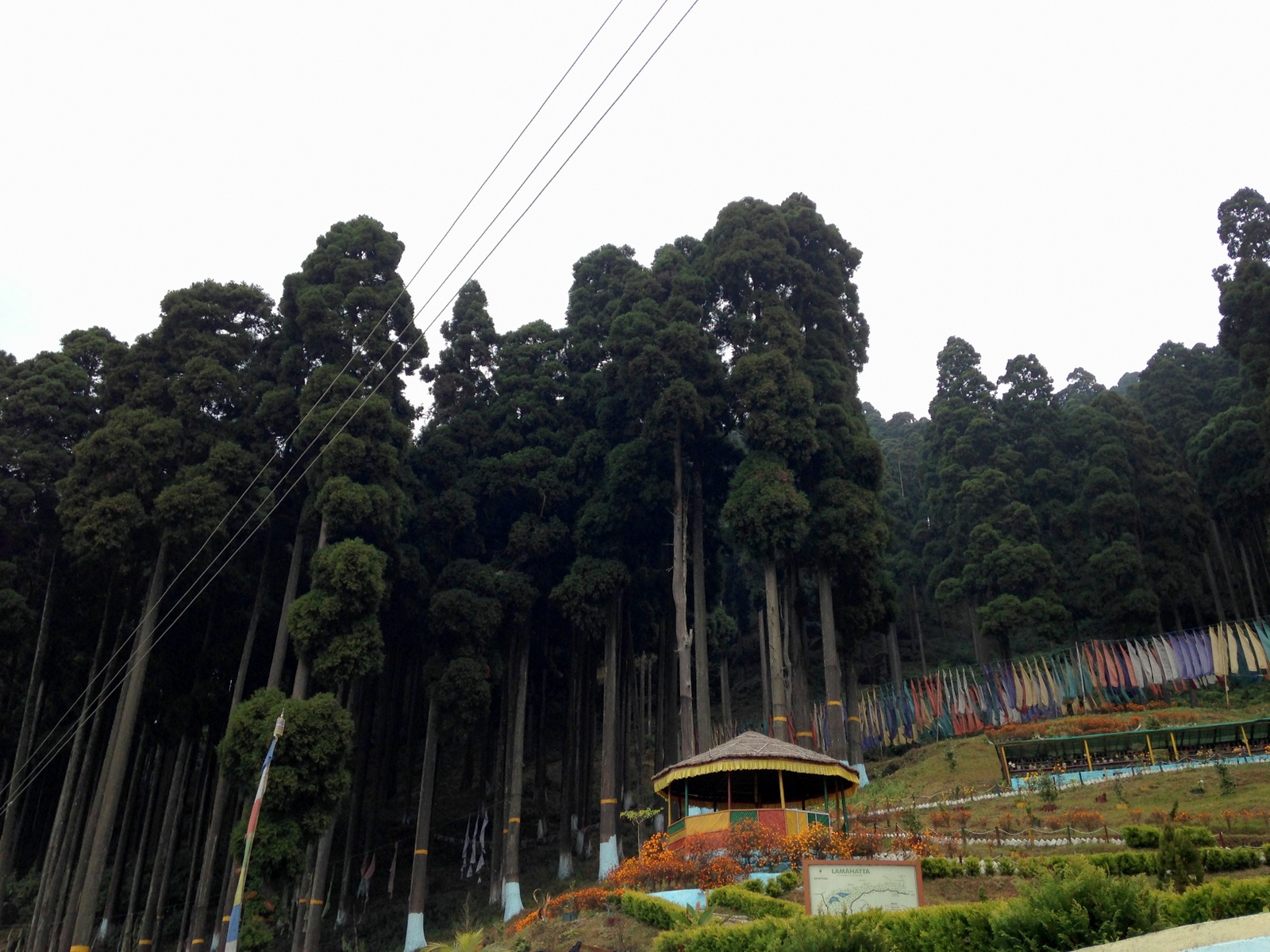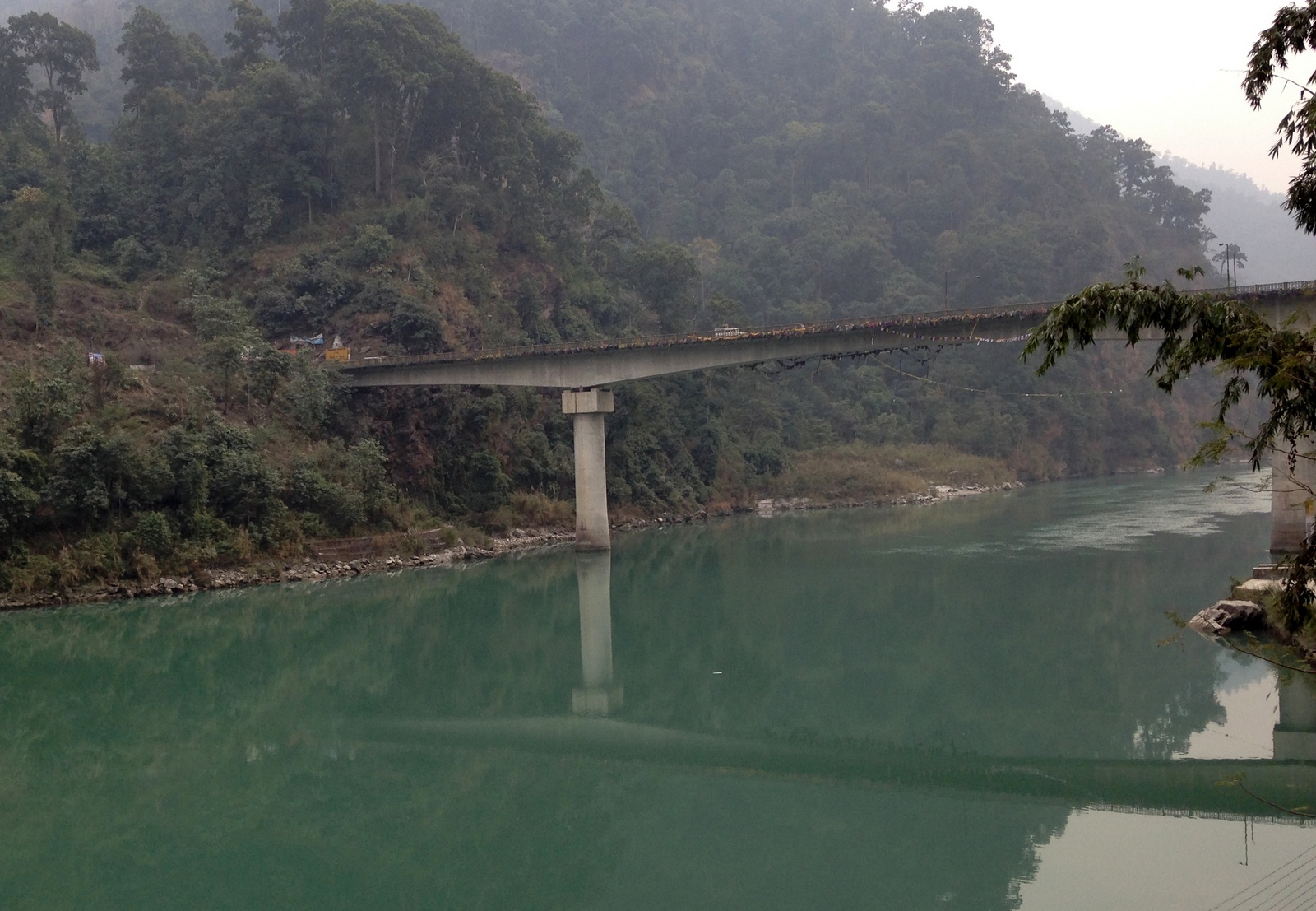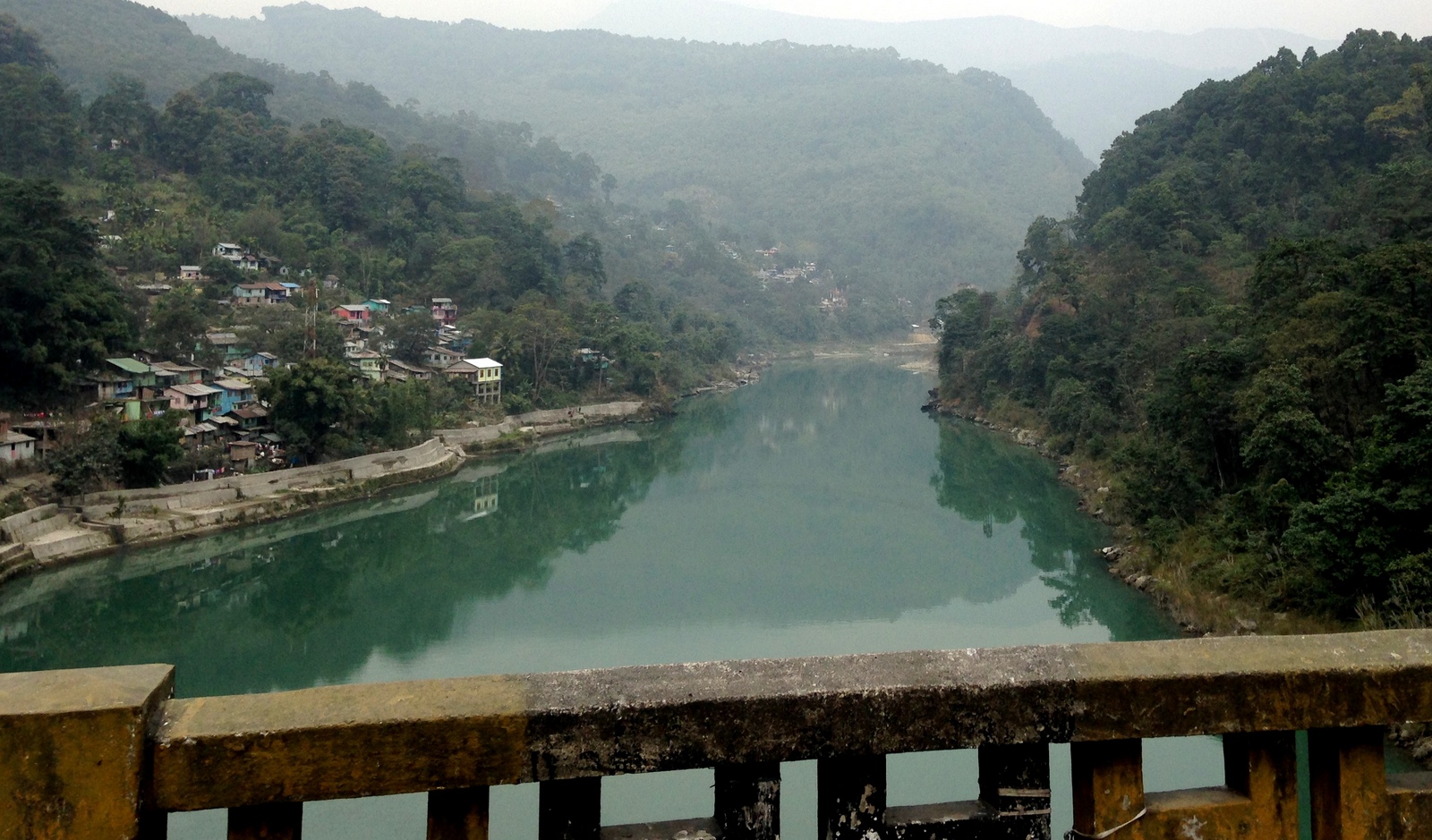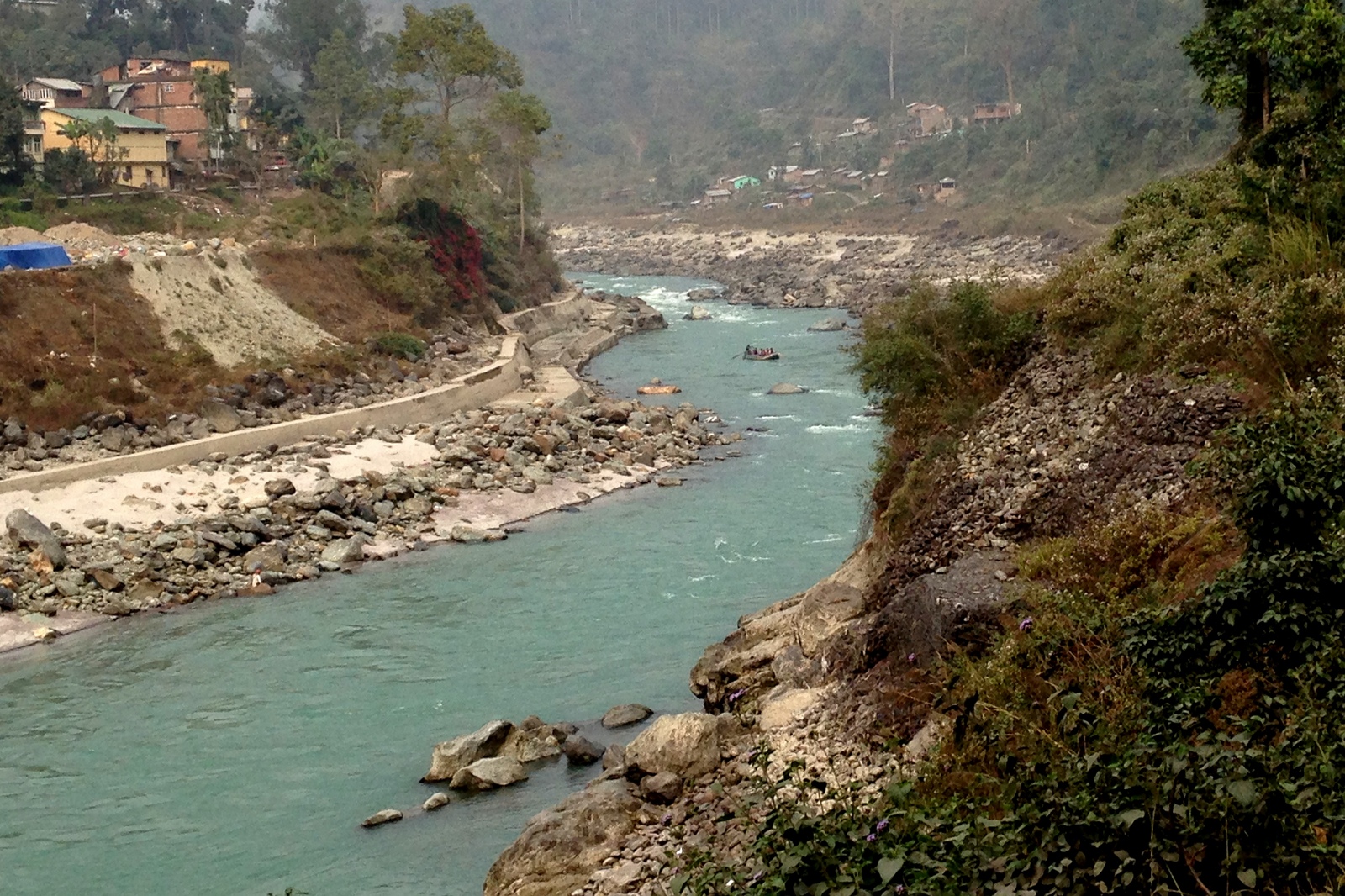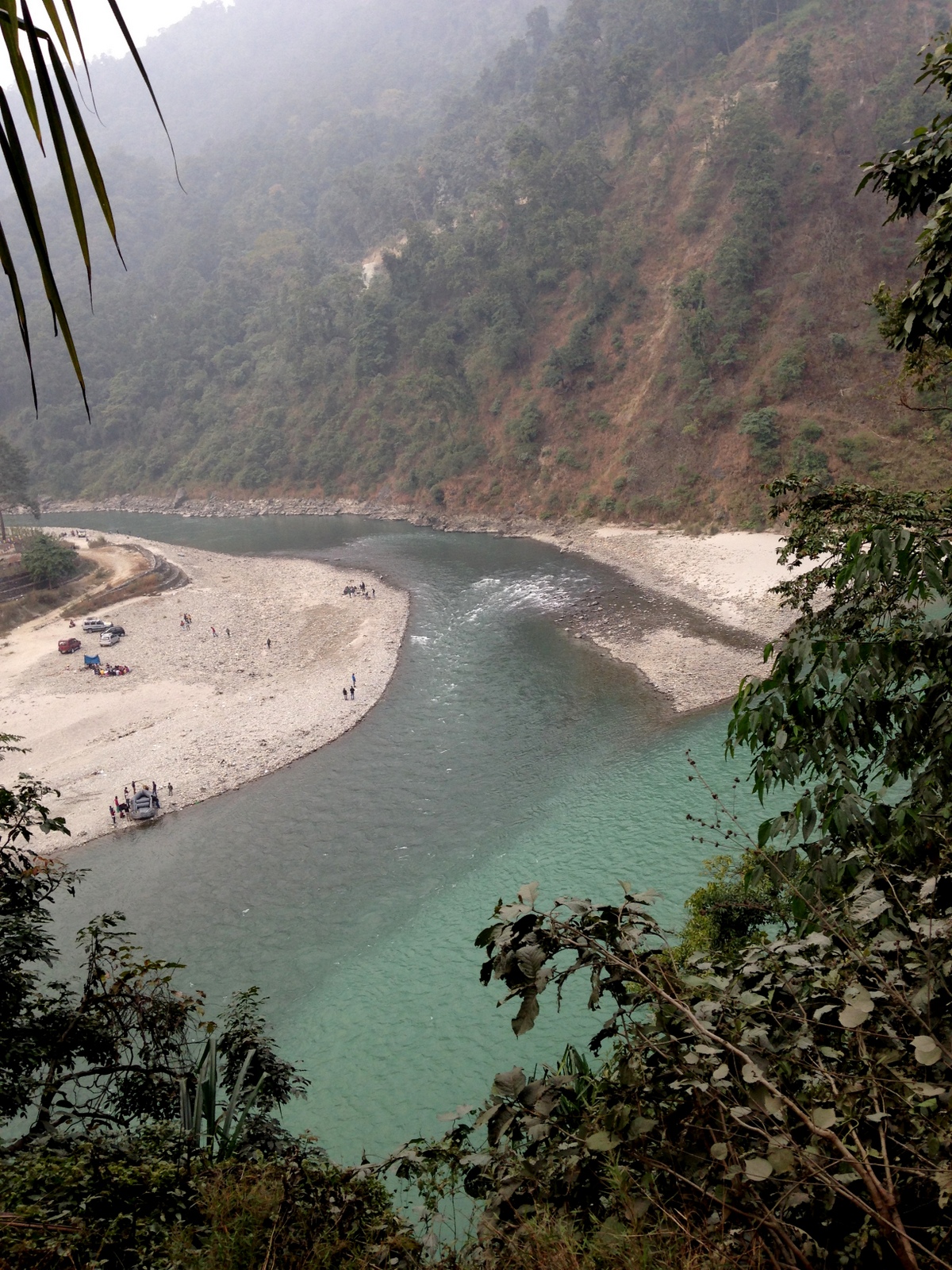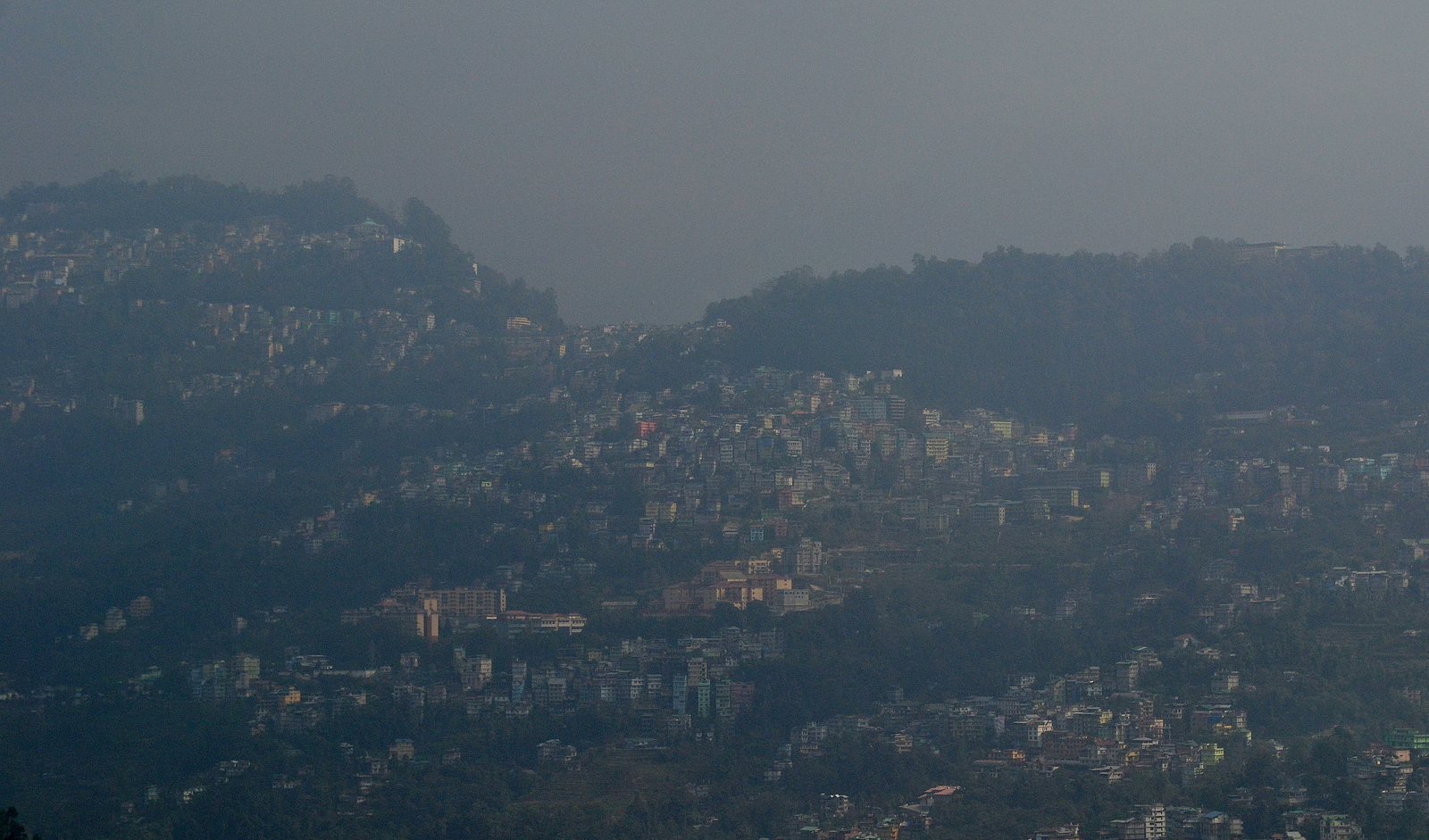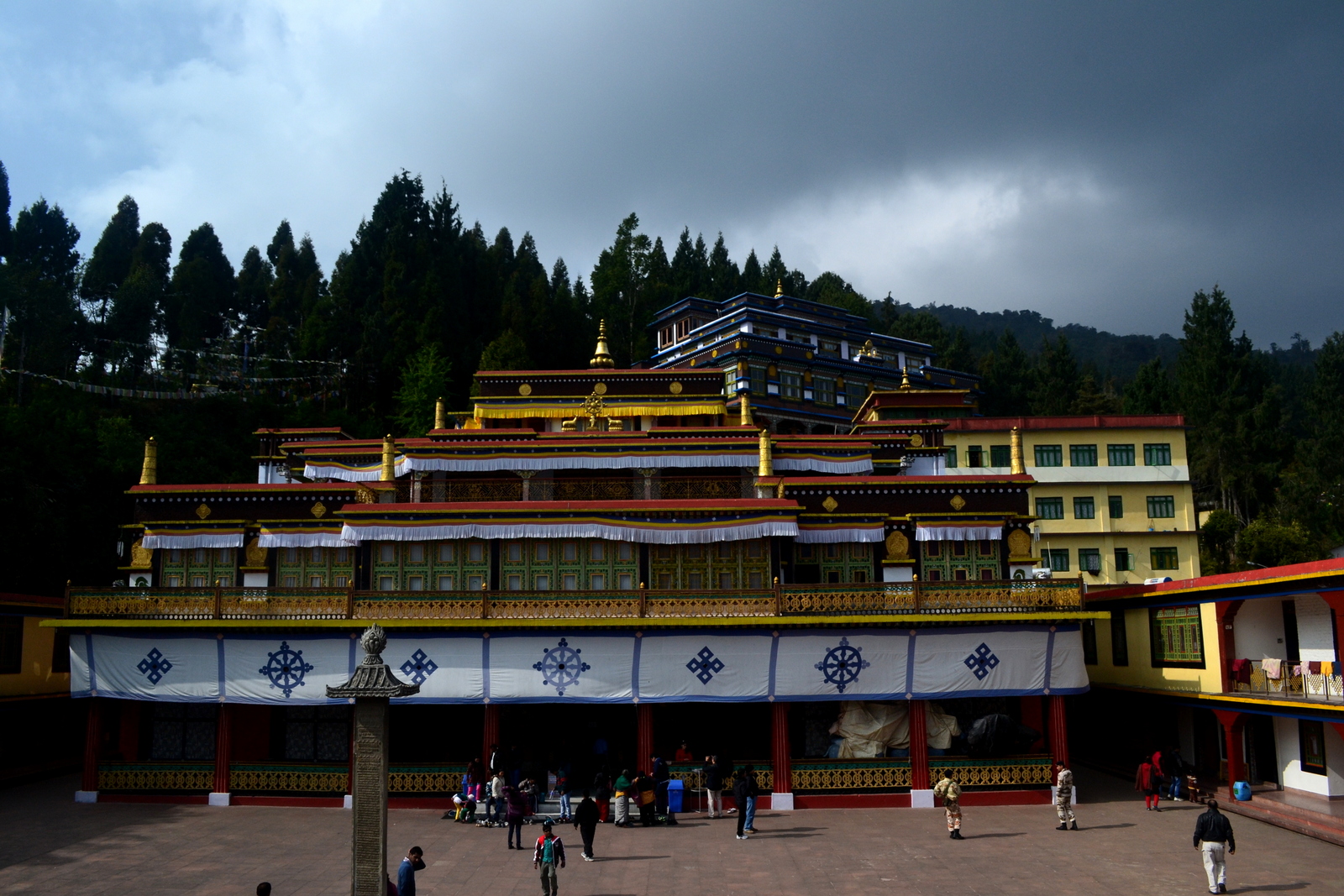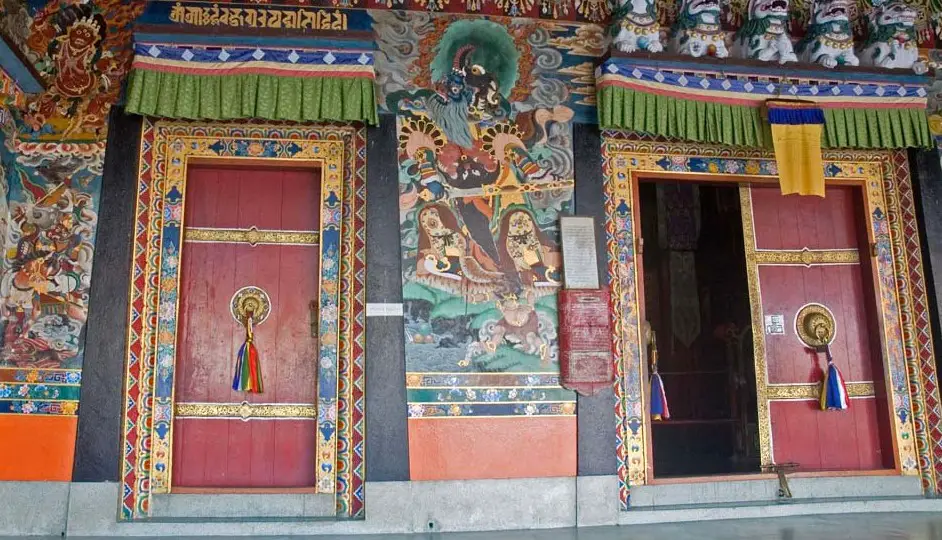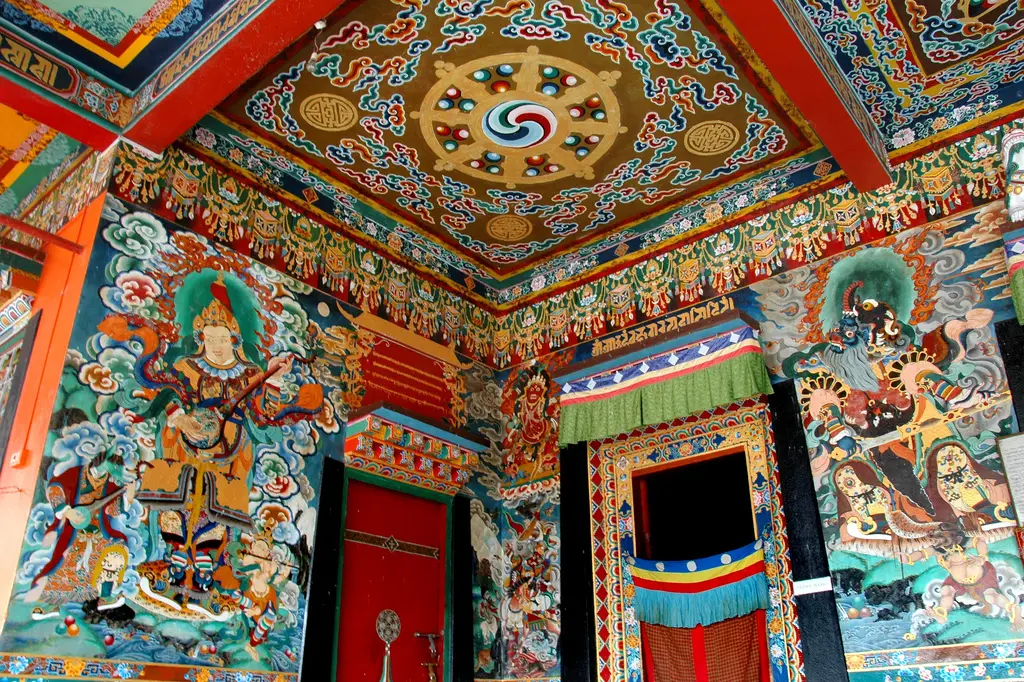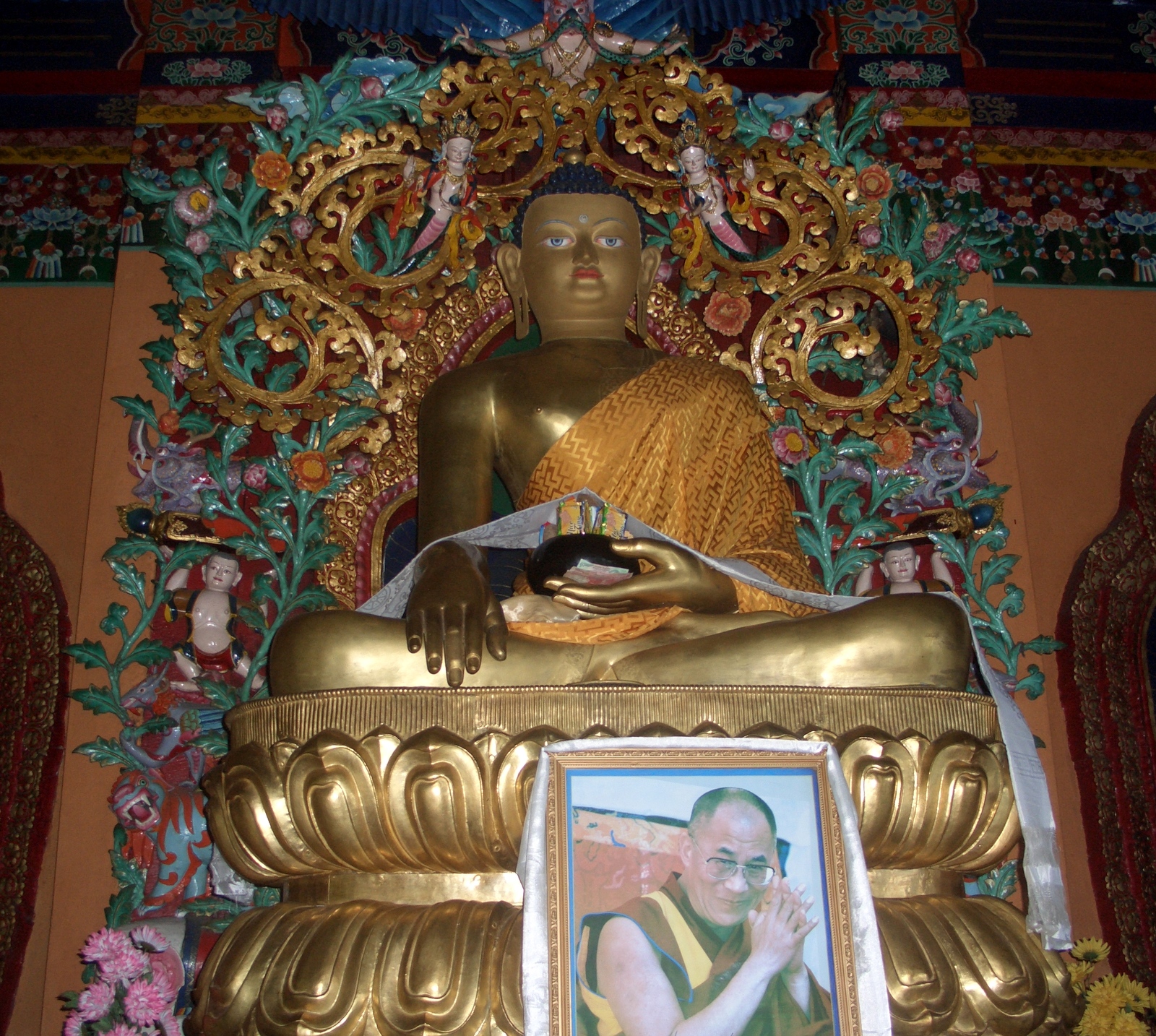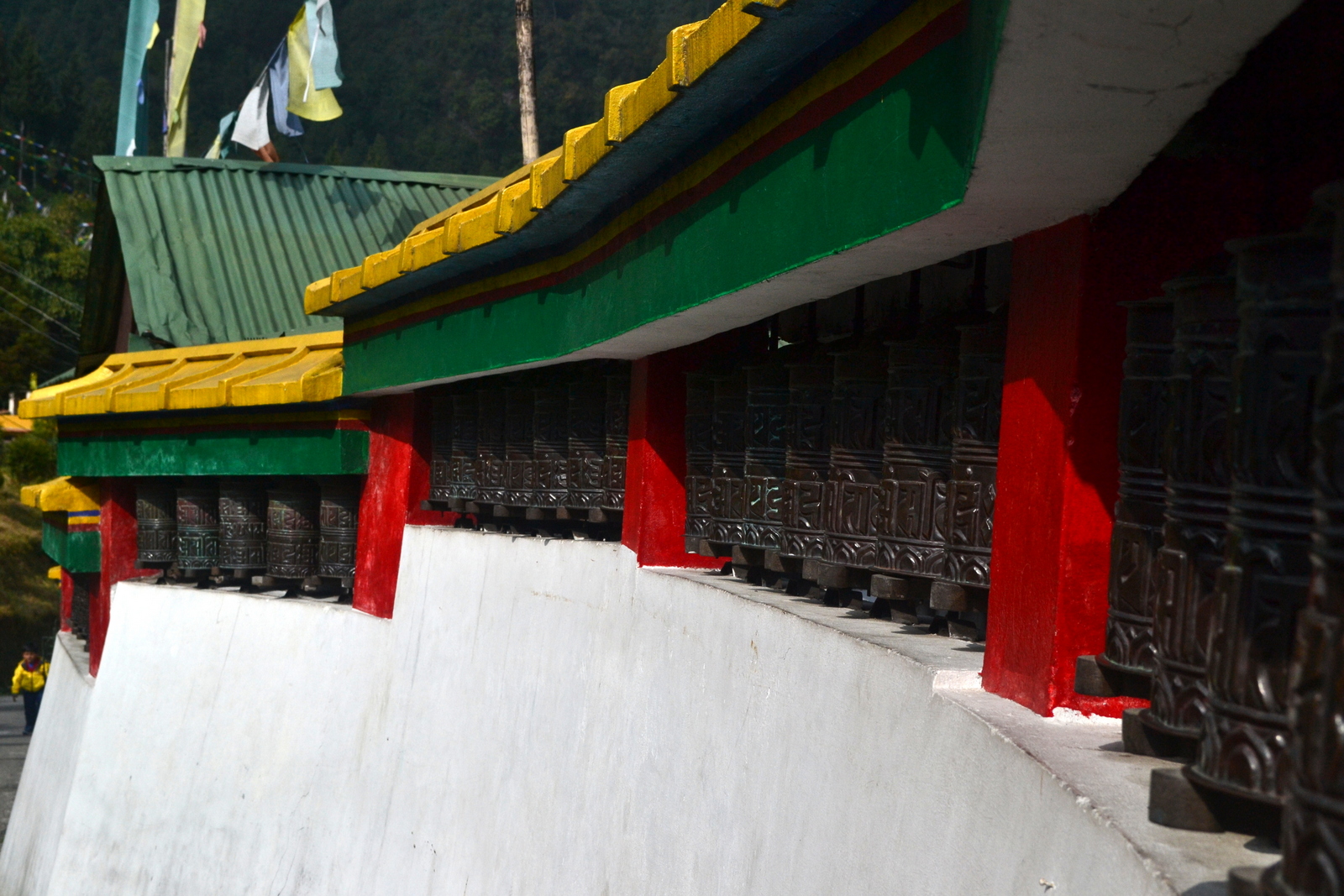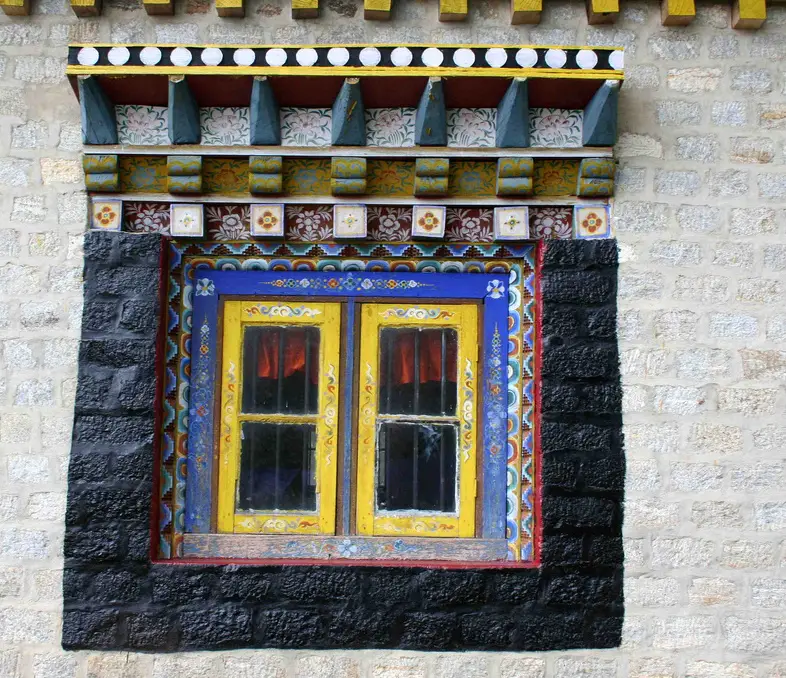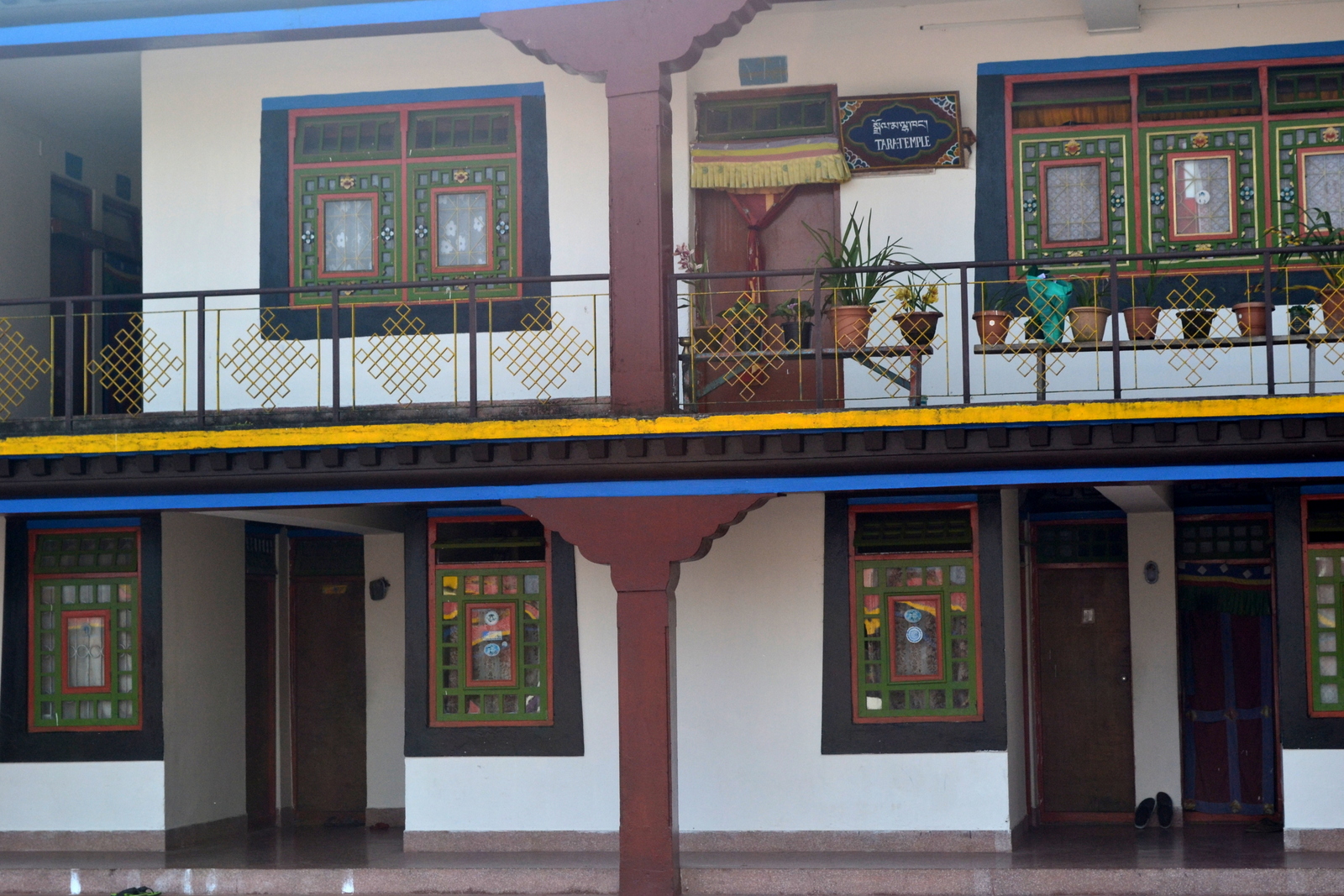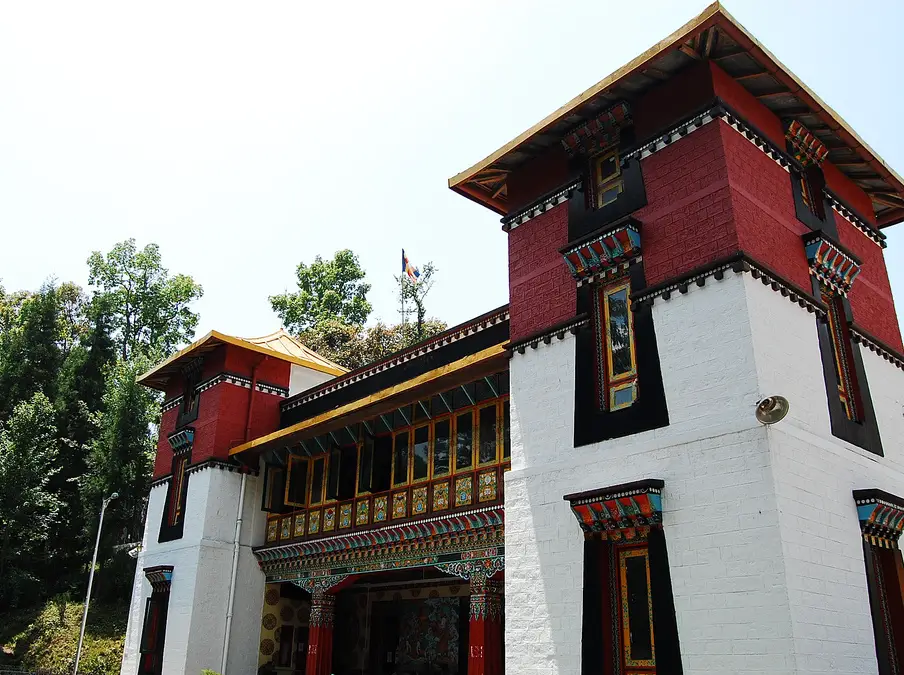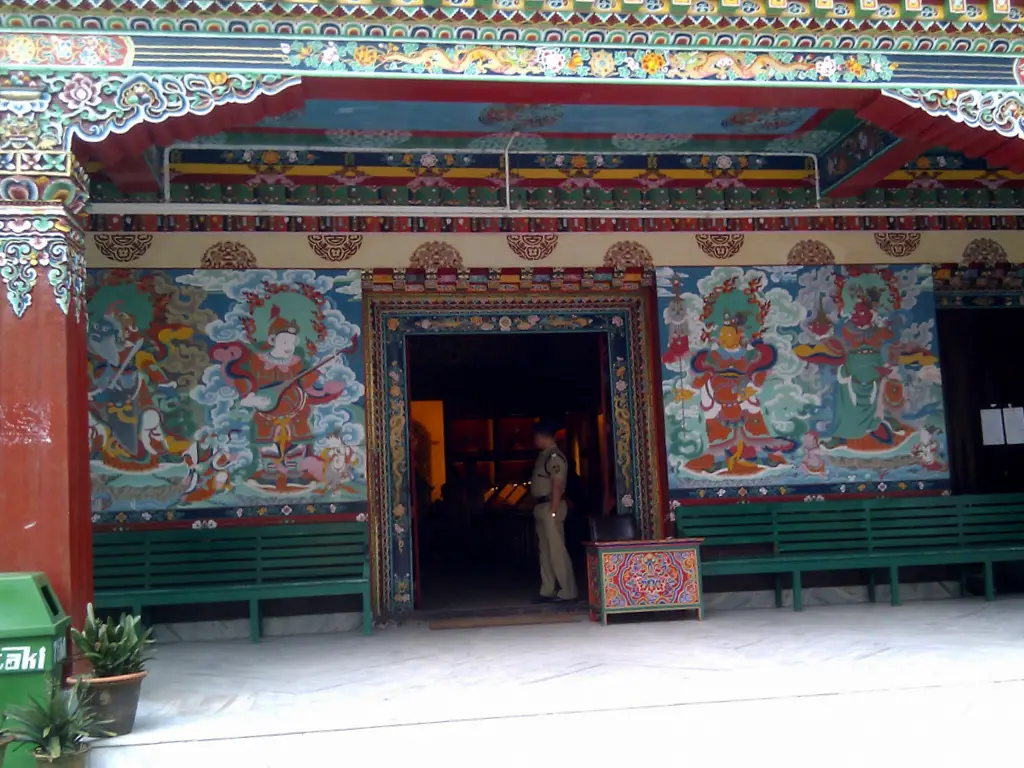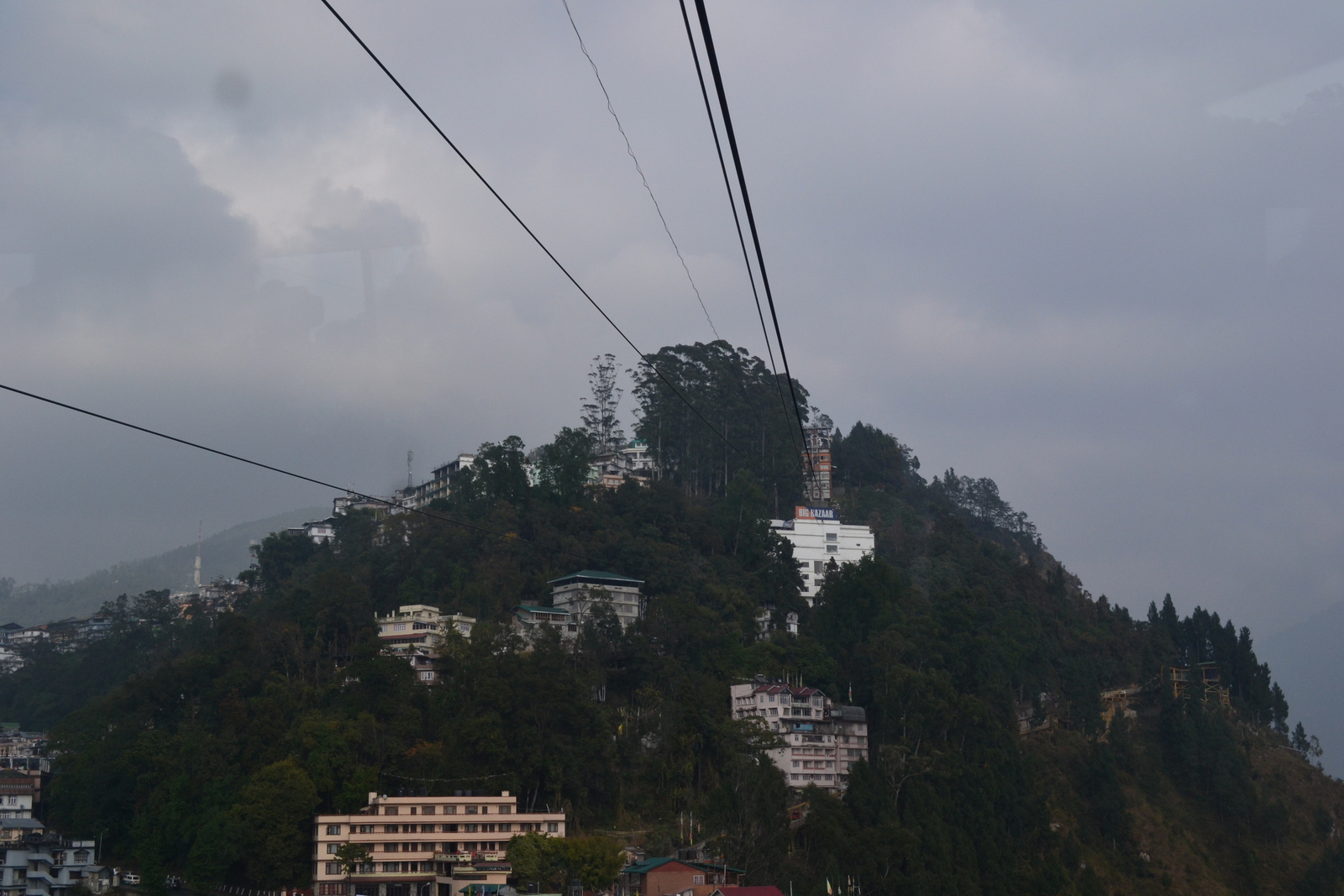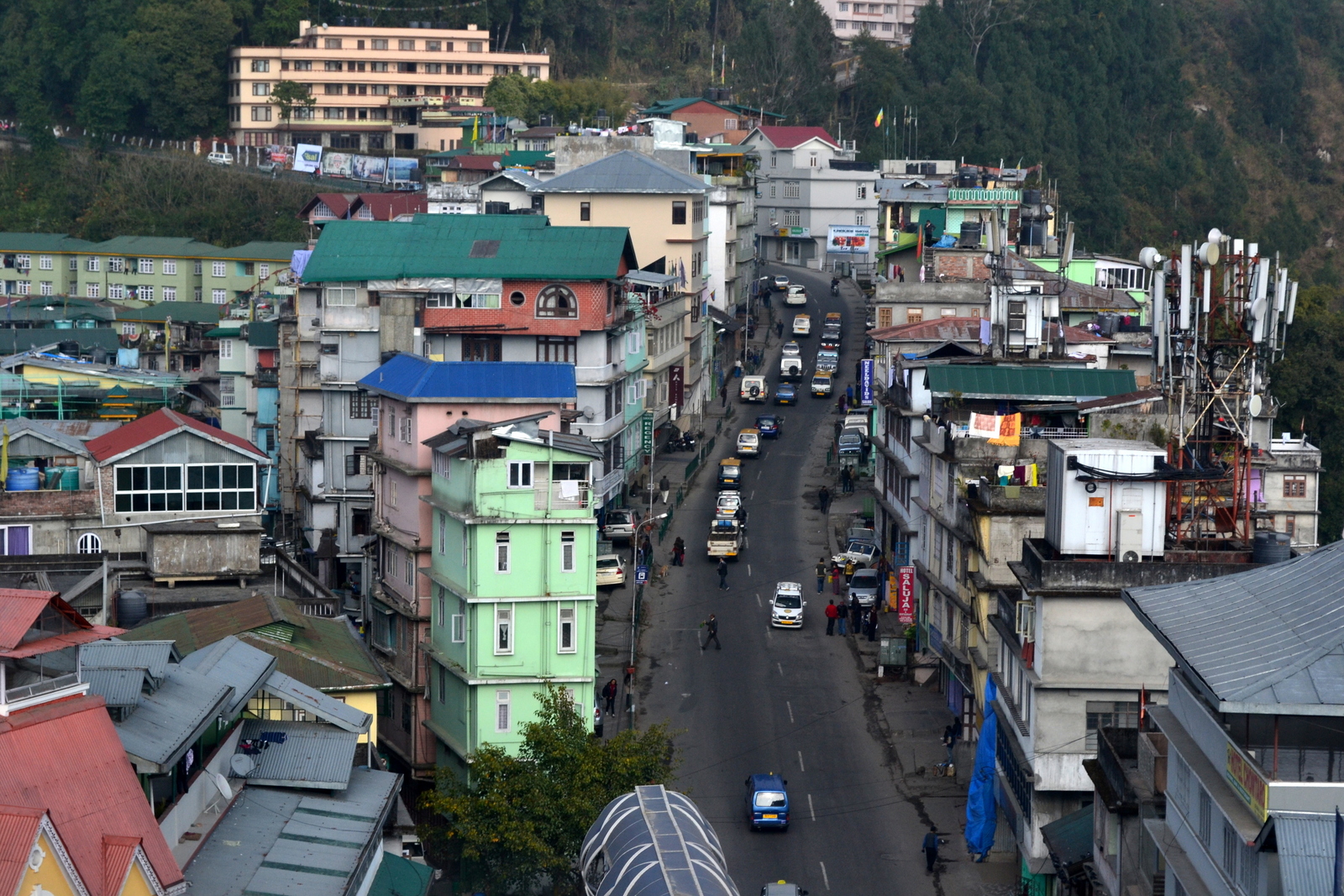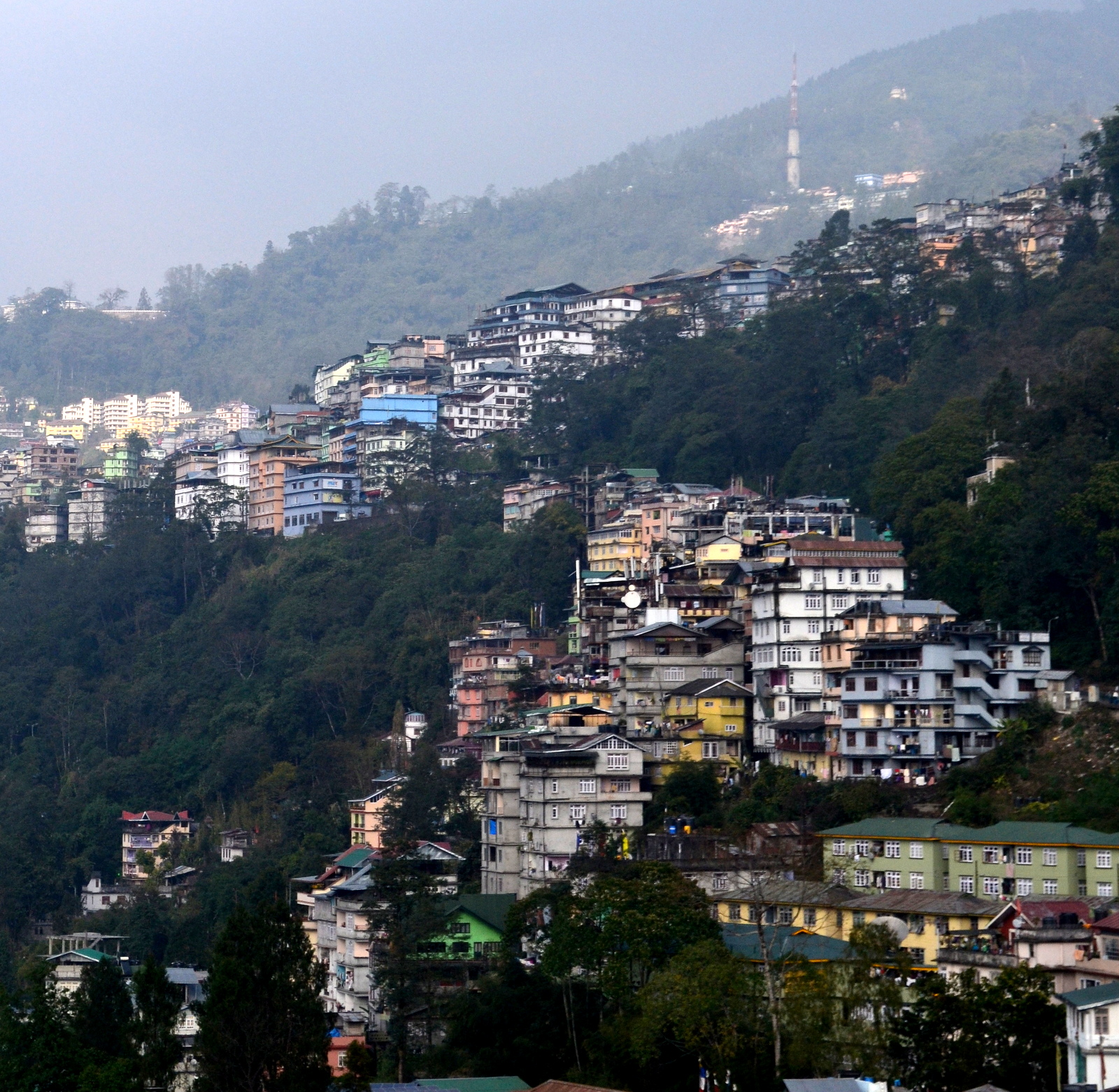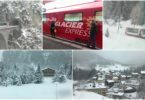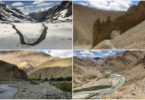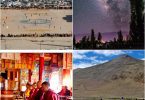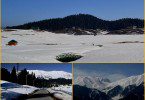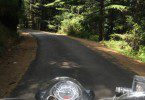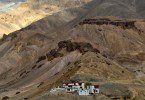Last updated on August 14th, 2023 at 06:25 pm
This is what happens when you travel to a place which is not only beautiful but also very high in spirit. That is Sikkim and Gangtok for you. When we planned to drive from Bengaluru to this tiny little state in Himalayas for Christmas in 2013, we never knew we will come back with lovely memories.
After two days in chaotic Darjeeling and after a freezing visit to Tiger hill for a mesmerising sunrise, we left the Gurkha land. The drive from Darjeeling through the valleys on winding roads was spectacular and made us yearn for more. Unfortunately, the winter fog in the valley played spoil sport. We were not lucky to savour the beauty of the mountains in full. Whenever the fog lifted, it was a ‘wow” experience. (Please click on the pictures for enlarged view)
Sooner, we were in the tiny hill station of Kalimpong to visit Poorna’s friend who was posted there. Being the day of Christmas, we were also invited to the Christmas party. Poorna was meeting his army batch mate after two decades and it was a lovely reunion for them. As usual, the Army lunch and bubbly was fantastic and we bid good-bye and continued the journey.
Getting out of Kalimpong, we cross the Teesta bridge and enter Sikkim state. The change is conspicuous. The road condition gets better. The markings on the road is well done. We follow Teesta river which is going to give us company till we reach Gangtok. The greenish blue waters of Teesta look lovely and we could see many rafters rafting down the rapids. The Teesta valley must be one of the pretty valleys in the country. We start climbing and the river now look farther and farther. Soon we enter the city.
Entering Gangtok, one gets an indication that you are entering into charming place. This must rank as the cleanest cities in India. Narrow but well maintained roads, proper footpaths for pedestrians, foot over bridges at key junctions and greenery makes this city one of the loveliest. Driving in Sikkim is a pleasure. The roads are fantastic. The discipline on the road is unbelievable. Many a time we have asked the question “Are we really in India?” looking at the immaculate roads with properly laid pedestrian pathways, lovely boulevards, potholders with flowers.The Sikkimese must also rank as most disciplined drivers in the country. We could see taxis lining up one behind another at traffic junctions. There are no dividers on these narrow roads. We decide to just drive around in the city before the night set in. The sun set early in winters here and by 5 PM, it was dark. We reach the fantastic “Mayfair Hotel”. The reception and check-in is smooth and we are ushered into a room which resemble a small suite. The man at the front office says that we had been upgraded to a larger room. Lucky us!
The evening is spent quietly and we finish our dinner in the restaurant. Not before we have finalised the plan to explore Gangtok on the next day.
Cold winter night meant that we got up late. An excellent breakfast keep us in good stead during our day long exploration of the city and beyond. Our first stop was at Rumtek monastery. The drive to the monastery is the highlight of this trip. As we climbed the road to Rumtek, we could see a panoramic view of the city.
Rumtek is the largest monastery of Sikkim. Parking our car, we enter a colourful gate and walk up the path to the monastery. Unusual for a monastery, it is guarded by Indo-Tibetan Border Police who checks our ID before allowing us inside. The probable reason for high security is the history of clashes between two sects of monks for the control of monastery. A huge courtyard welcomes us with a lovely building and mountains as backdrop. The main temple is impressive with ornate pillars. The large prayer hall is decorated with murals and tangkhas. What impresses the visitor is the setting of the monastery amidst green woods. The colourful buildings provide a beautiful contrast to the landscape. The monastery contains religious buildings, schools and several small lodge-hotels. Meant to replace the Tsurphu Monastery in Tibet, which had been partially destroyed during China’s Cultural Revolution, Rumtek’s main monastery building was constructed between 1961 and 1966.
Behind the monastery building, a flight of stairs takes us to the Golden Stupa . The smallish room holds the ashes of the 16th Karmapa in an amber, coral and turquoise-studded reliquary to which pilgrims pay their deepest respects. We climb down the stairs and take a last look at the impressive monastery. Our next stop is Tibetan museum.
The disadvantages of not going in a taxi but drive your own car in the hills is that you have to park the car away from the place and walk. We don’t mind it. The pathway leading to the museum is lined with colourful prayer flags. This is the museum of Namgyal Institute of Tibetology, the premier institute to study Tibetan studies. The best thing about this place is the building which houses the museum. Built in traditional Sikkimese architecture, it is graceful and pleasing to the eye. The artefacts are immaculately displayed. The museum, located on the ground floor of the institute, contains a rare collection of statues, ritual objects, traditional art objects, thangkas (painted, woven and embroidered scrolls) and ancient manuscripts in Sanskrit, Tibetan, Chinese and Lepcha. The central piece of attraction is the majestic silver image of Manjushri – the Bodisattva of knowledge – that was brought from Tibet. If you are a museum junkie, you will love this place. It also houses rare manuscripts and relics of Asokan missionaries, Madhyama and Kasyapagotra is one of the precious assets of the museum. Don’t miss visiting the souvenir shop which ha nice collection of Tibetan and Sikkimese artefacts.
It is now time for us to head to a nice restaurant for lunch. We have already decided where to go. This had to be the famed kitchen of Hotel Tibet. Tupkas with Momos to start with followed by Tibetan fried rice made us feel heavenly.
Being winter, it gets darker by 4.30 PM in east India. So we had to rush to check out our last destination before rounding off with a stroll on famous M G Road. The next destination is something interesting. The cable car. Gangtok has a cable car which allows you to savour the panoramic view of the city and the valley. It is a half hour trip but worth every rupee paid. Being winter, it is a lean season. There is small queue and we buy tickets and get into the cable car. The next few minutes is a lovely journey allowing us to enjoy lovely views of the city and its valleys.
We drive straight to MG road and park our car in the parking area. The week before we arrived, the Sikkimese had celebrated the winter festival. The remnants of the arch was still there. We need to say one thing here. If there one road which would bring smile on the face of Mahatma Gandhi, this must be it. All the big cities in India should learn how make the public spaces an experience to remember. You will never find a cleaner public space anywhere in the country. This is an out and out a pedestrian space with benches to sit, colourful potholders with Petunias and Impatiens in bloom, well laid out shops on either side. Sikkimese take pride in their city and this is explicit when you walk on this road which is spic and span. The tourists from outside, are also made to fall in line and keep the place tidy and nice. This is a shoppers mecca. A place where you can buy Sikkimese stuff, Tea and other Tibetan artefacts.
We walk around and buy some excellent tea from “Golden Tips” outlet. As time passed, the evening chill was increasing. It was time to return to the hotel. A day well spent. We had to get up early next day for our drive to Nathu La.
A detailed story of our trip to Nathu La can be read here – A spectacular drive to Nathu La on Chinese border
Travel Information
Getting there
By Air – Gangtok does not have its own airport. It is served by Bagdogra which is 3 hours drive. Pawan Hans has a helicopter service between Bagdogra and Gangtok. By
By Train – The nearest railhead is New Jalpaiguri which falls on Kolkata – Guwahati line. It is well-connected to places across the country.
By Bus – Gangtok is connected to Guwahati/Kolkata by buses.
Best time to visit
Ideally it is October to June. Winter will be very cold. The months of April will herald the arrival of Rhododendrons. This is the best time for treks in the Sikkim Himalayas. Avoid June to September which are monsoon months. The best time to visit Gangtok and Sikkim would be immediately after rains when everything is green and lovely. Avoid the holidays of Durga Puja in October and summer holidays season in May when there will be huge crowds.
Stay Options
There are many stay options in and around Gangtok suiting all budgets. The rates of hotels will get jacked up during season.
Travel Tips
a) Keep aside minimum of one and half days to explore the city.
b) You need a taxi to go around the city. The taxi has to be hired with Sikkim registration. Taxis from outside are not allowed.
c) If interested, one can participate in the ceremonies of Rumtek monastery. For more details check out their website here
d) Make sure you start your exploration of city early. Sunsets early in the east. All important places are open between 10 AM to 4 PM.
e) Gangtok has lovely restaurants offering variety of Tibetan and local cuisine. We loved the food in Hotel Tibet.
f) The cable car is open between 9.30 AM to 4.30 PM . It is worth taking a ride. During season, expect rush and long queues.
g) Don’t miss visiting Handicraft centre. We were late when we arrived there and it was closed. It is open between 10 AM to 4 PM. This is the place where you will get Sikkimese handicrafts.
h) If you are interested you can do monastery hopping in Gangtok. There are many.
i) You can also visit few view points – Tashi and Ganesh tok to get a lovely view of the valley.
j) Don’t forget to buy tea from the show room of “Golden Tips” on MG road. If you are tea lover, this is the place.
k) If you have time, go for a foot ball match in the lovely Paljor stadium.
l) Gangtok has a throbbing night life. There are nice places to hang out. If you are game for a game of roulette, Mayfair hotel has a casino.
m) Lastly, Littering and spitting are fineable offences. Plastic bags are banned here. All public areas are No Smoking zones.
Please Share
Did you like this post? Did you find it interesting? If yes, please share it with your friends by clicking the buttons on the side bar. Our endeavour is to share experiences. Thanks for your help.

